Last week we talked about what it’s going to take to confirm basic biological life across the Solar System and the Milky Way. This week, we’ll discuss what it’s going to take to detect intelligent life out there in space.


Last week we talked about what it’s going to take to confirm basic biological life across the Solar System and the Milky Way. This week, we’ll discuss what it’s going to take to detect intelligent life out there in space.
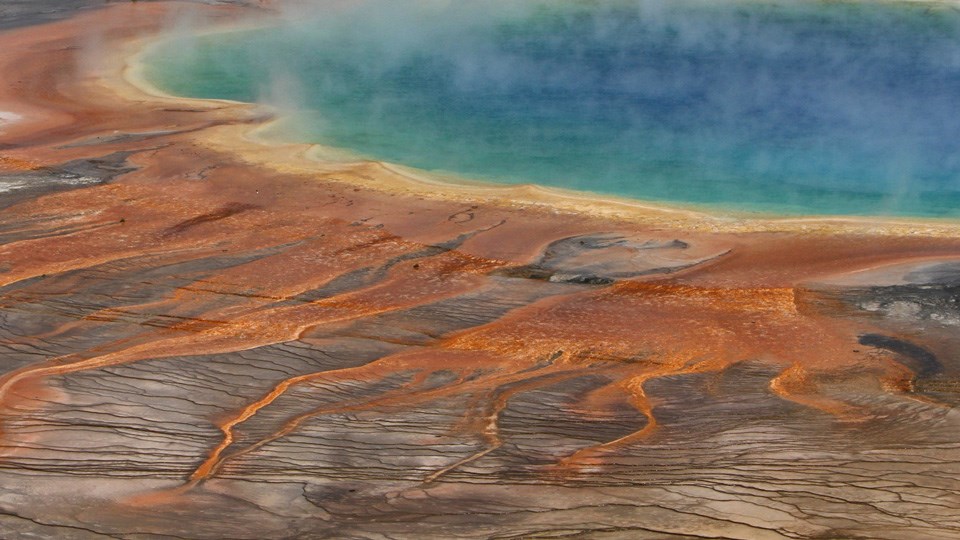
Are we alone in the Universe? It’s one of the biggest scientific questions we can possibly ask. And yet, with rovers on Mars, missions planned to visit Europa and Ganymede. Powerful telescopes able to detect the atmospheres of exoplanets, we’re closer than ever to finding out the answer.
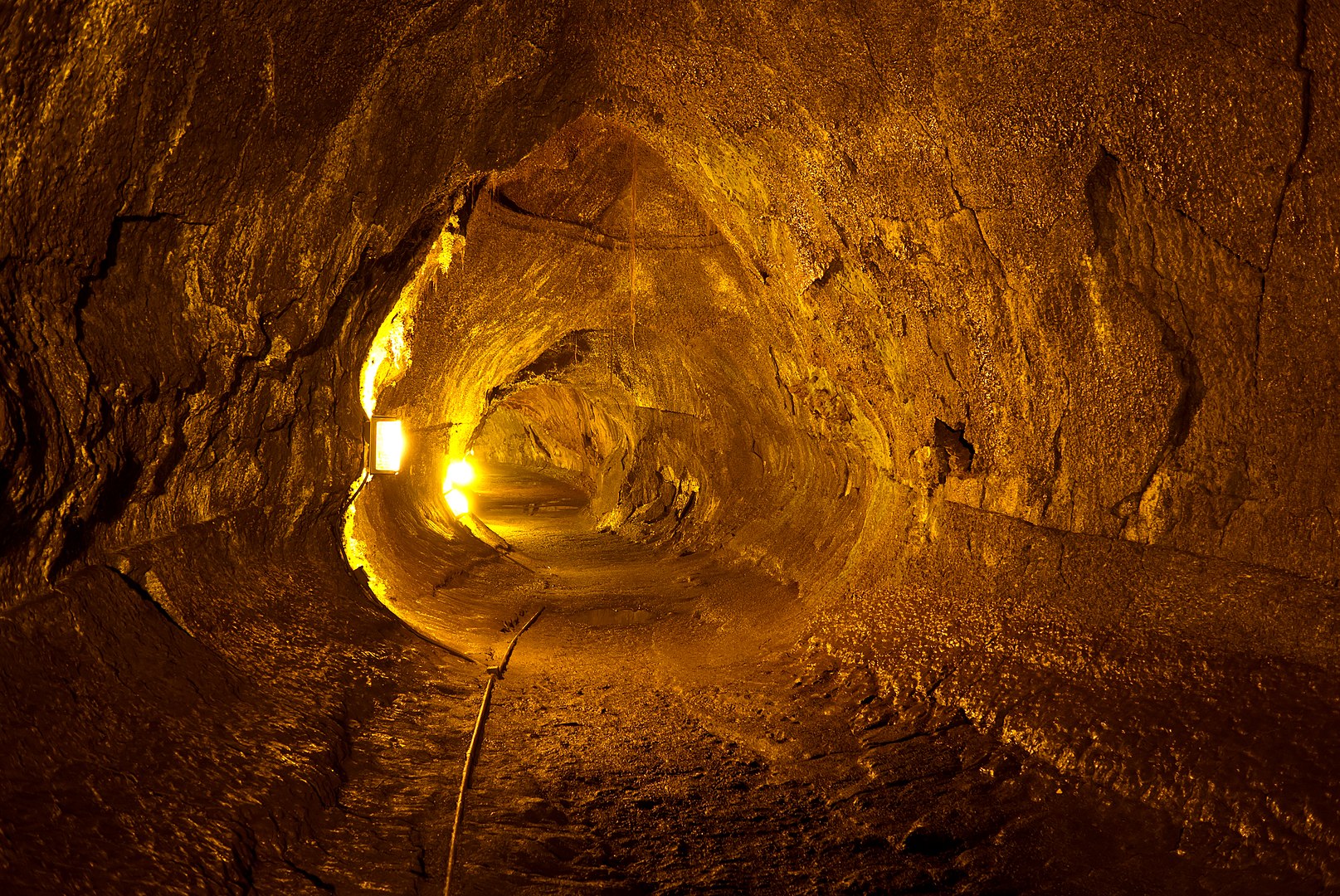
Volcanoes can be some of the worst natural disasters we can experience here on Earth, but life wouldn’t even exist without them. What are volcanoes good for anyway?
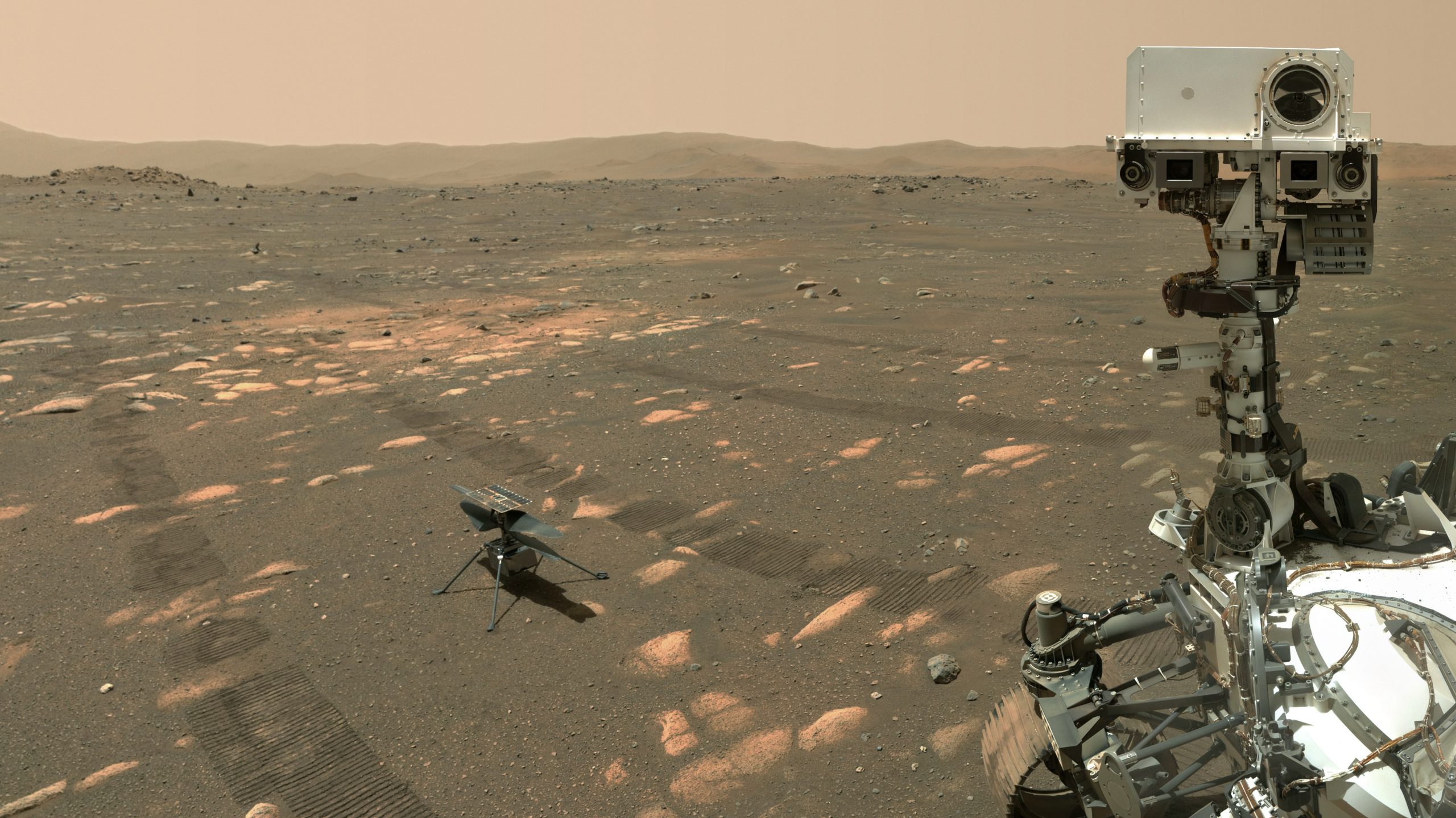
As you all know, Pamela refuses to talk about any missions which aren’t actually doing science. Well, Perseverance has crossed the line, from fantasy to an actual working rover, scooping regolith and yeeting helicopters. What has the rover accomplished in its first 100 days?
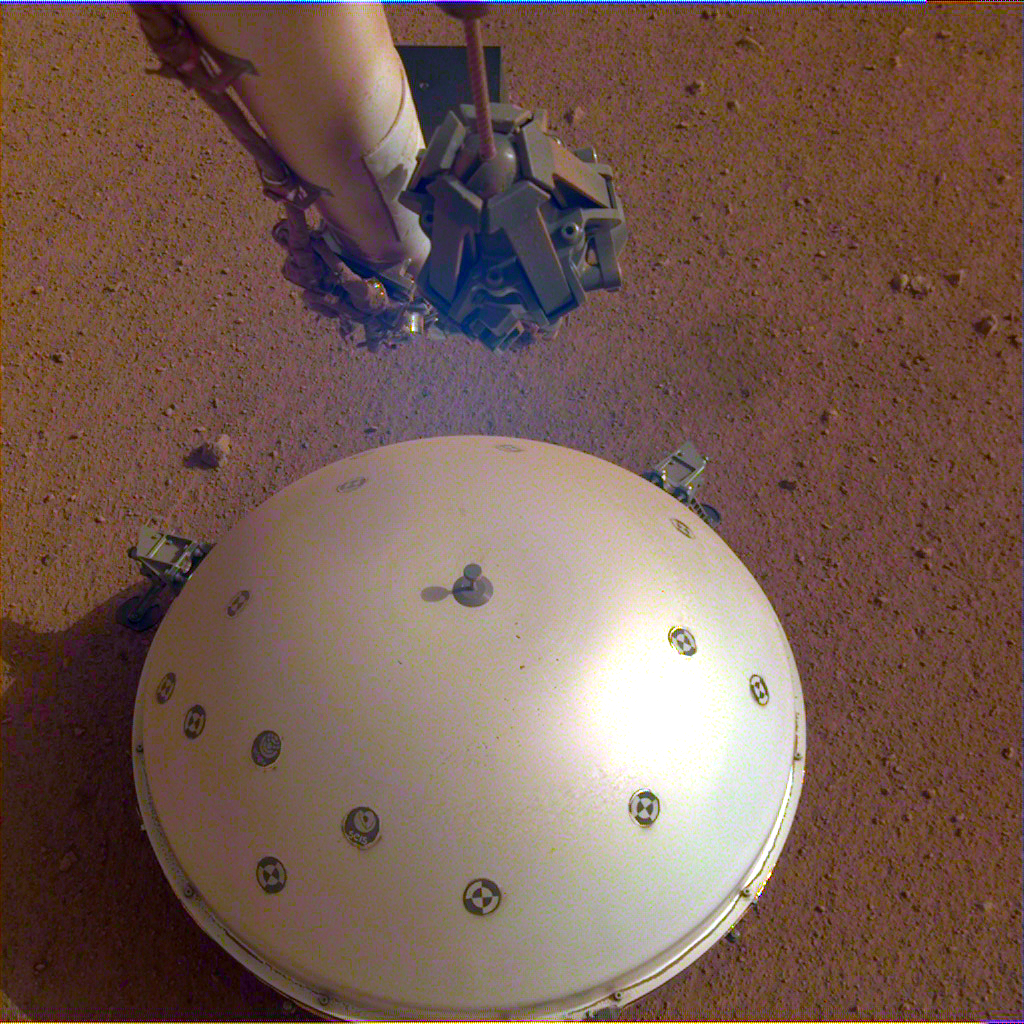
Mars is cold and dead today, but the massive volcanoes tell us what the planet used to be like, millions and even billions of years ago. But how volcanically active is the planet today? That’s what NASA’s Mars InSight lander is there to figure out.
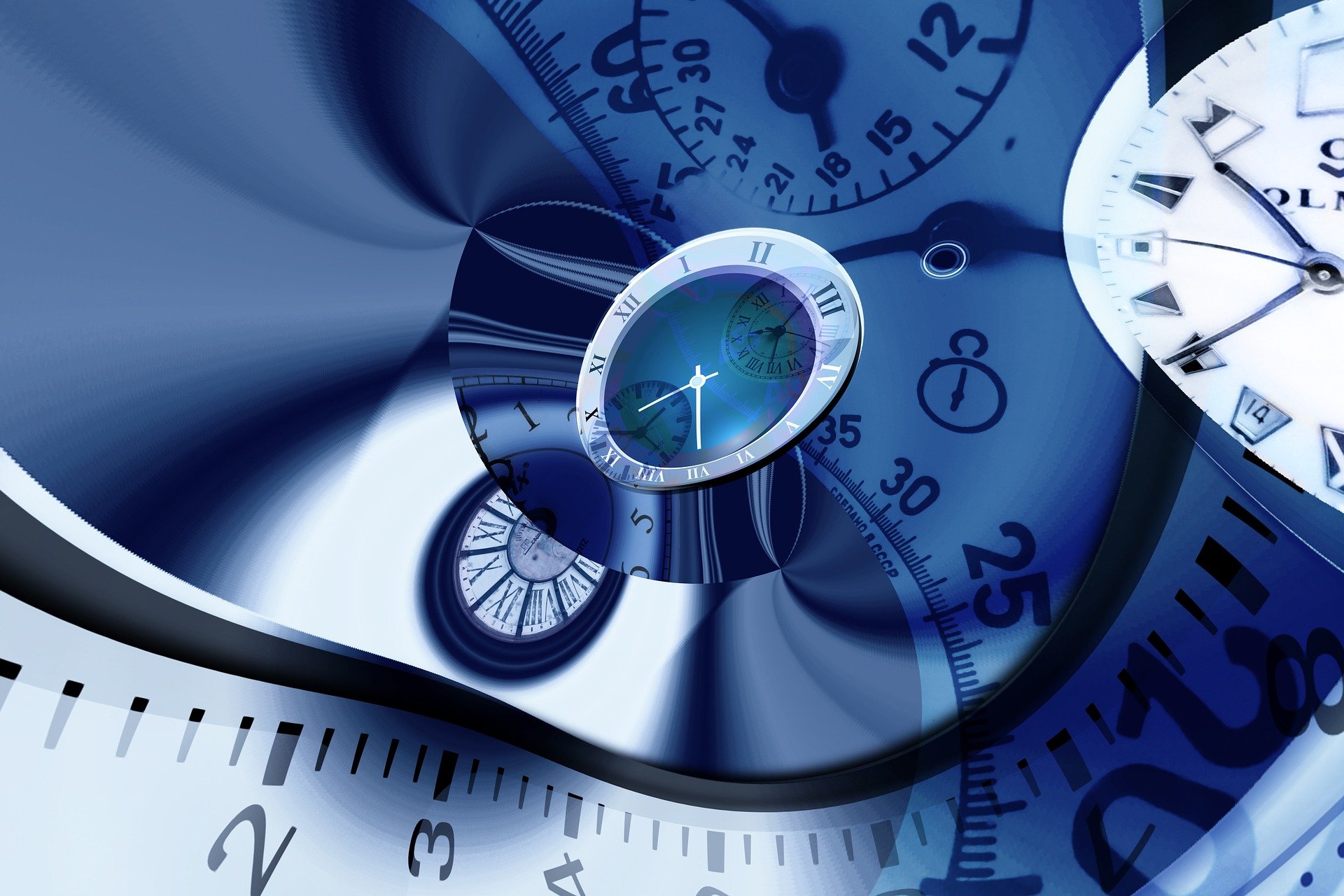
Have you ever wanted to be a time traveler? Good news! You’re time traveling right now. Into the future at one second per second. Too long? Don’t want to wait? Good news, Einstein’s got you covered. Today, let’s talk about the weird world of time dilation.
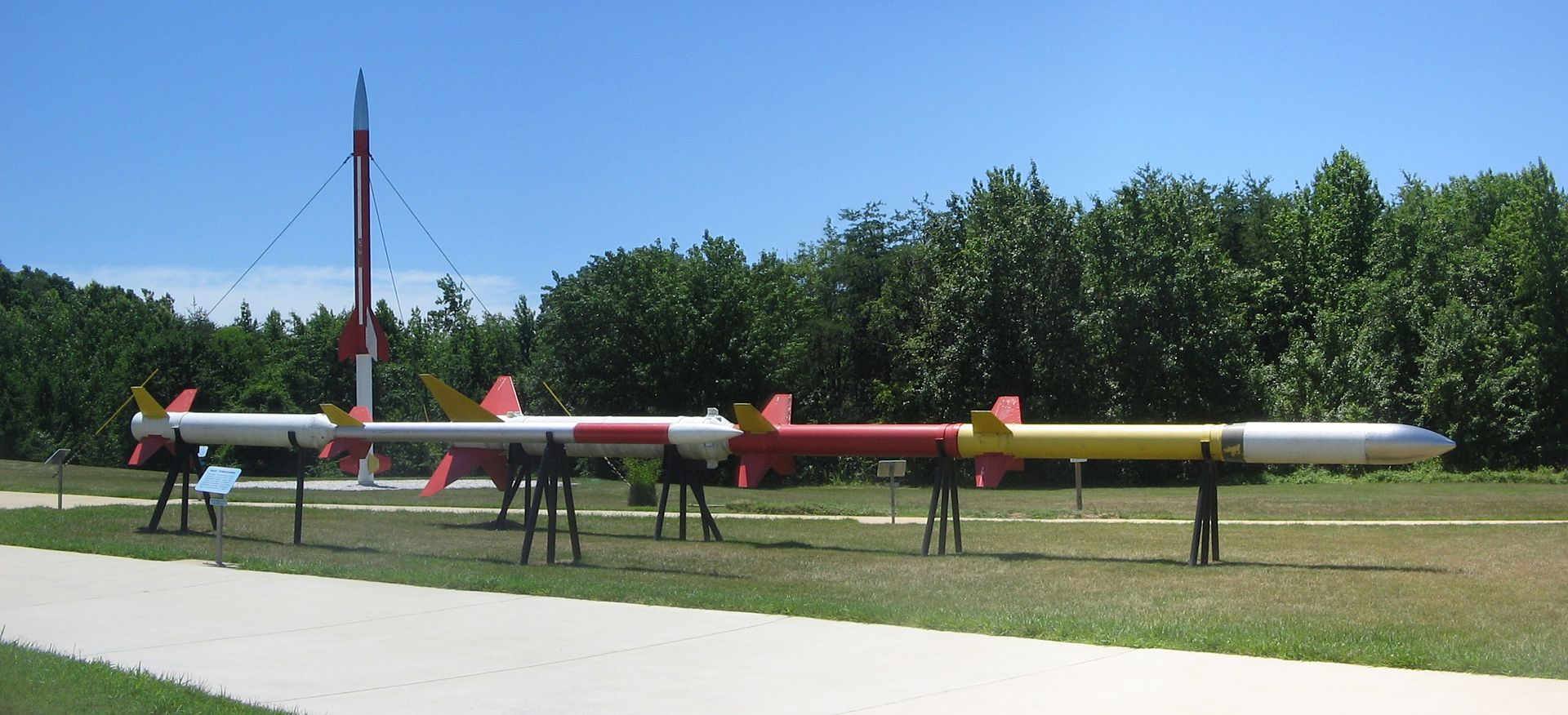
Last week we talked about balloon-based astronomy. This week we’re going to talk about putting balloons on rockets and making observations mid-flight. Welcome to the world of sounding rockets.
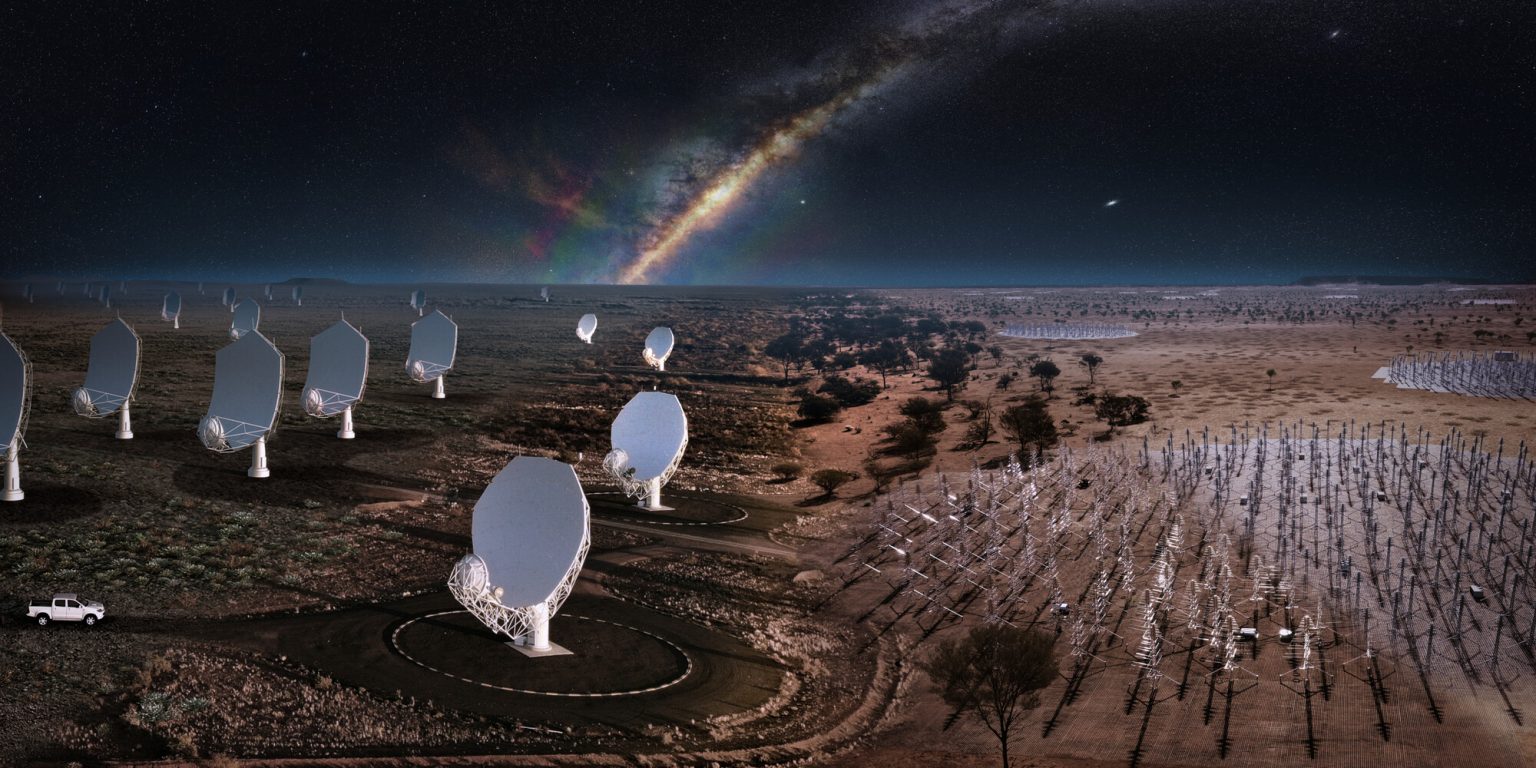
Last week we talked about how new telescopes and techniques are allowing astronomers to explore the shortest wavelengths of light. This week, we go to the other end of the electromagnetic spectrum, and explore the longer radio waves which are now accessible to astronomers.
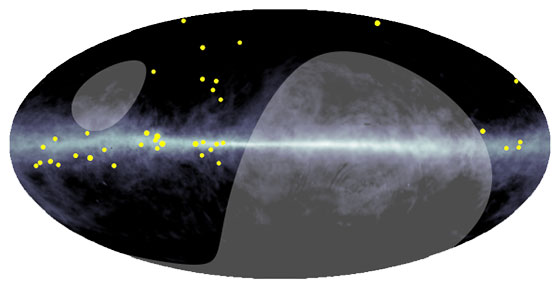
The Earth’s atmosphere protects us from a Universe that’s trying to kill us, but it also blocks our view of the extreme cosmos, like seeing x-rays and gamma radiation. Space telescopes are changing our view of the most extreme events in the Universe.
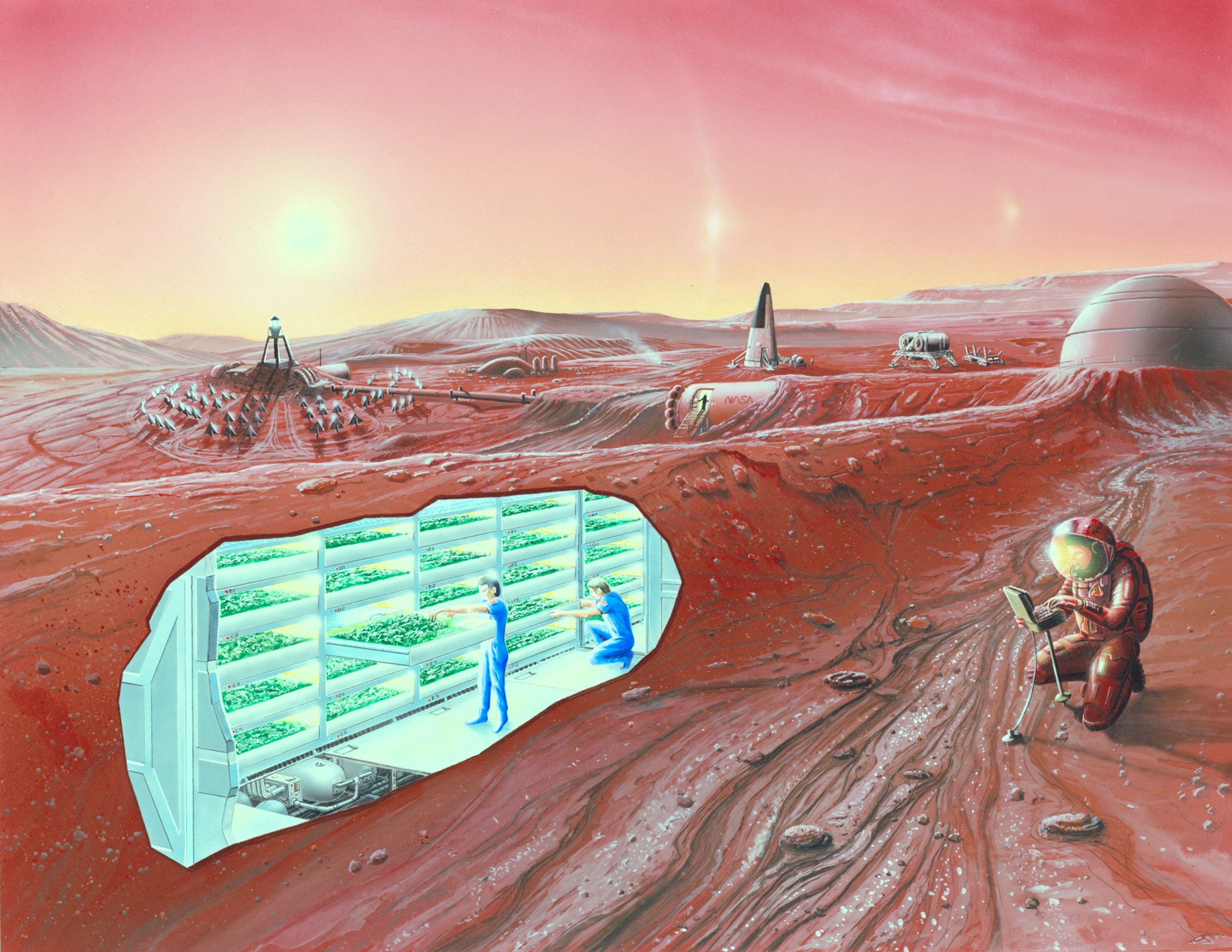
Today, we gaze into the future of space and astronomy. What upcoming missions and events are we excited about?
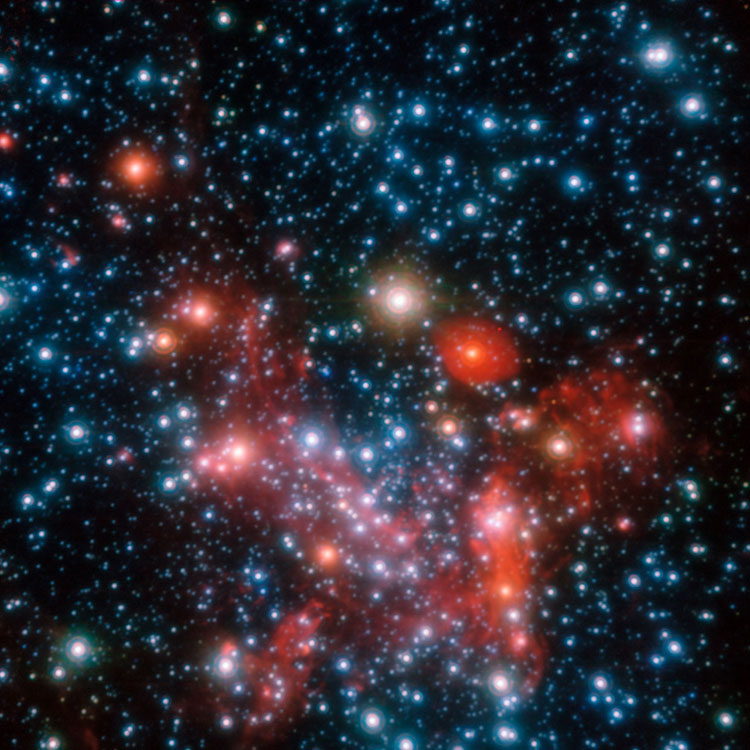
You’ve probably heard of dark matter and dark energy, but maybe you don’t fully understand what they are. Or maybe the idea itself just rubs you the wrong way and you’d like to know why scientists think they can just make stuff up like this. So you’d like to overturn cosmology? Here’s all you need to do.
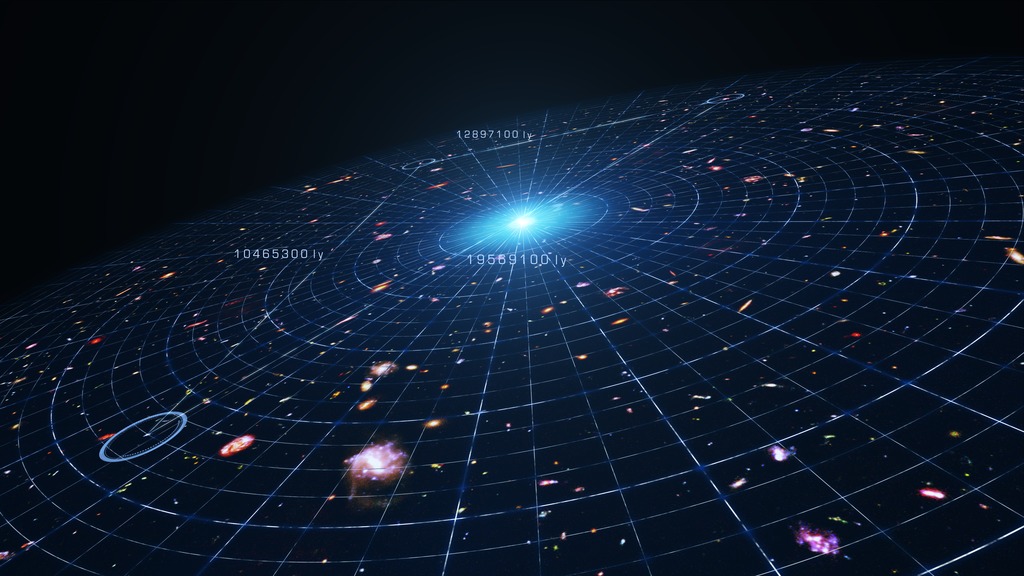
It’s been a while since we checked to make sure the Universe was still expanding. Yeah, apparently, that’s still a thing. But in the last few years powerful new telescopes and expansive surveys have given us much more knowledge about what’s happening.
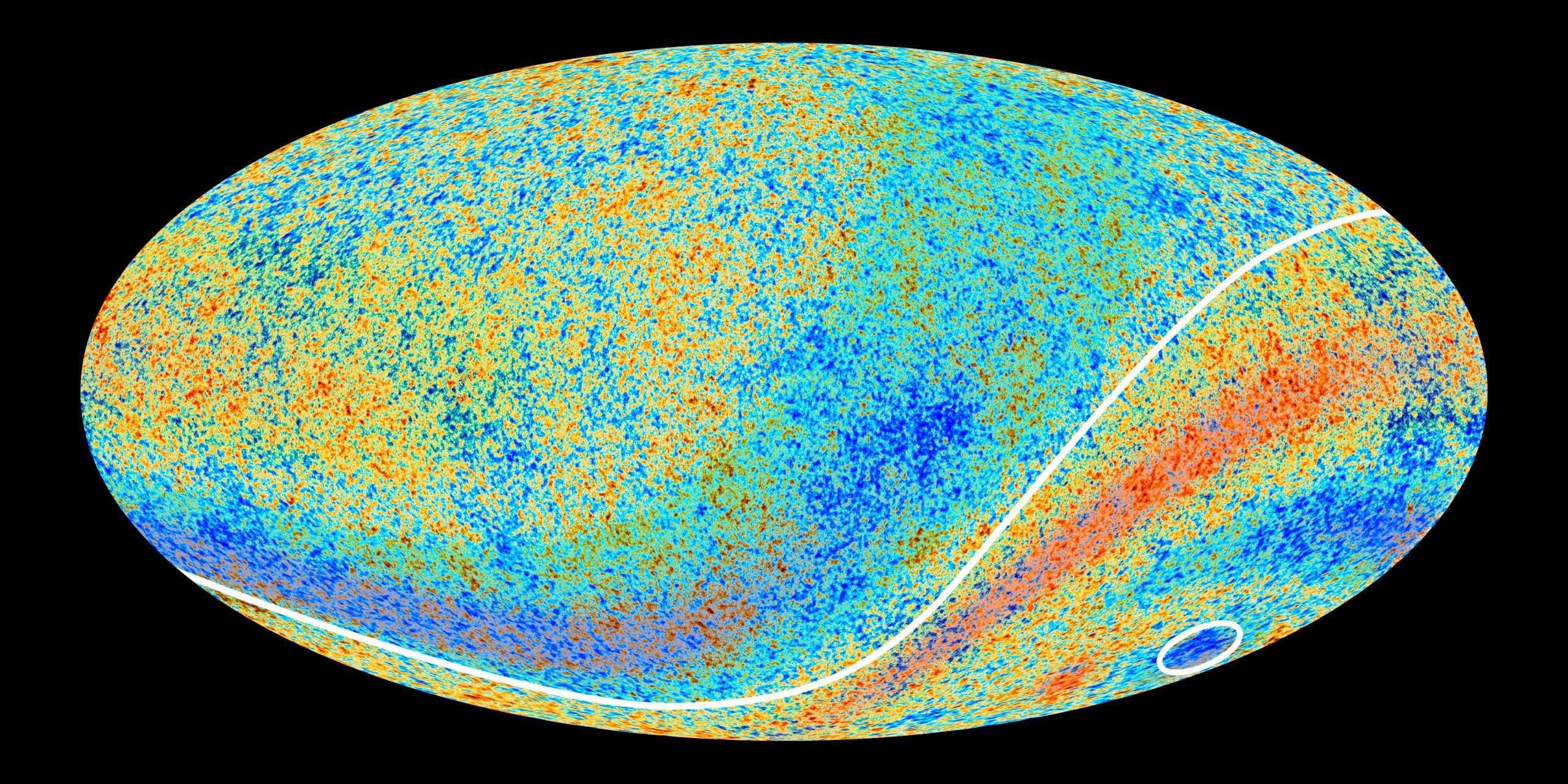
You might be familiar with the cosmic microwave background, but that’s just one of the background radiations astronomers look at. Some are well known and cataloged, while others are just starting to be possible to see. All of them tell us more about our Universe.
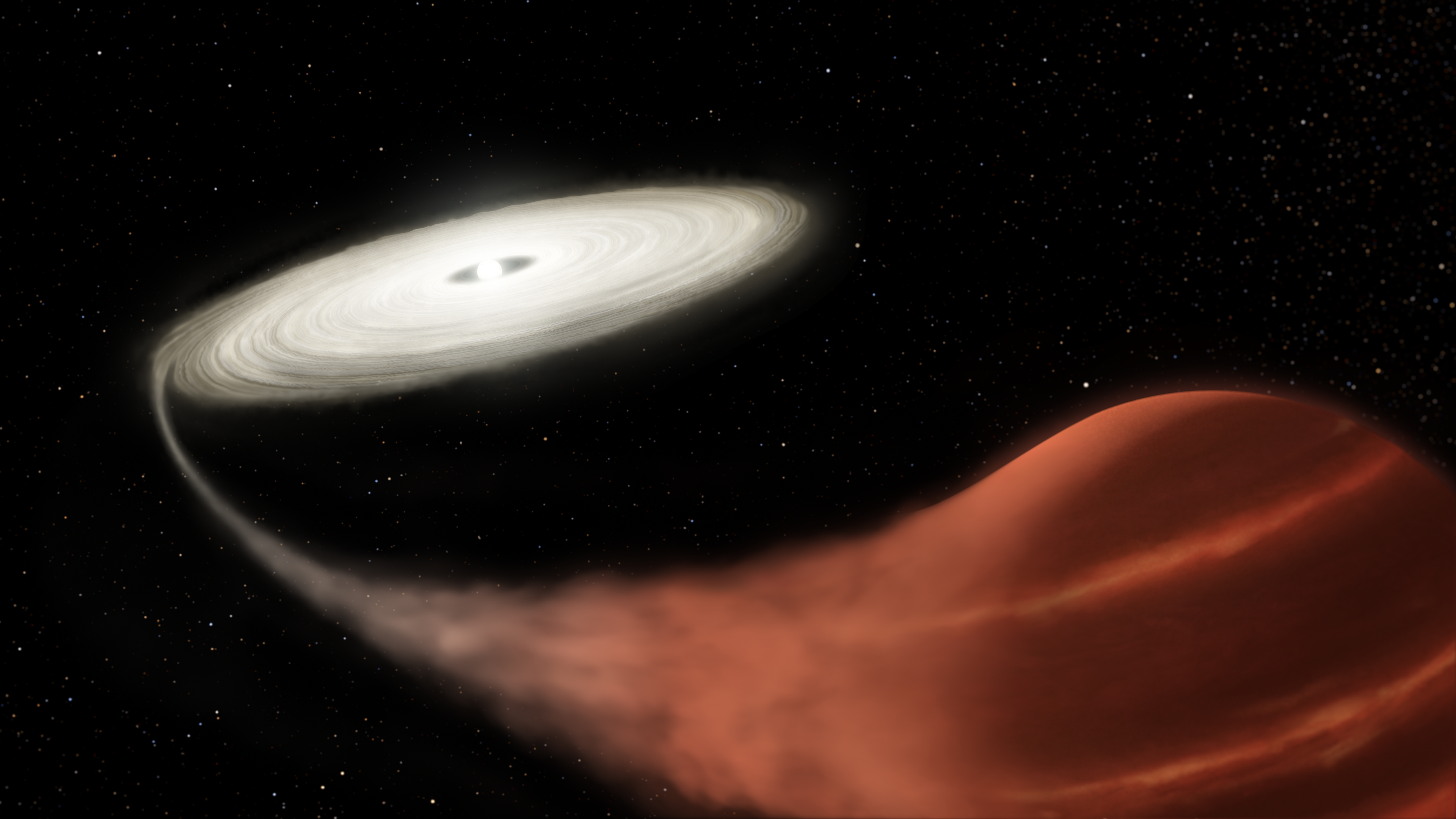
Stars often come in groups of two or more. And if they’re orbiting close enough to each other, one star can feast on the other. And when that happens, well, mayhem ensues.
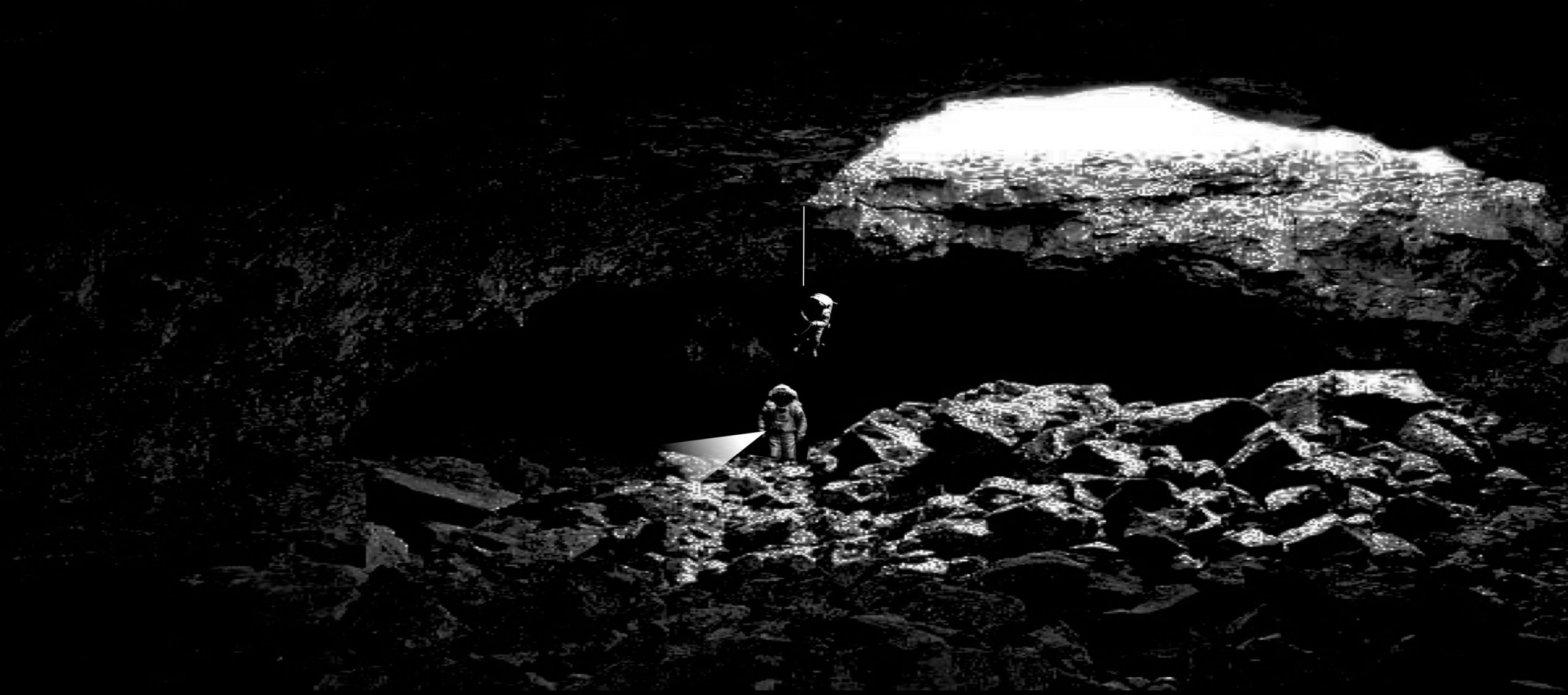
All eyes are on the Moon. We’re going back, this time to stay… right? One of the best resources on the Moon will be the lava tubes that crisscross the subsurface of the Moon. These can provide protection from space, and a look into the geologic history of the Moon. And they can be enormous.
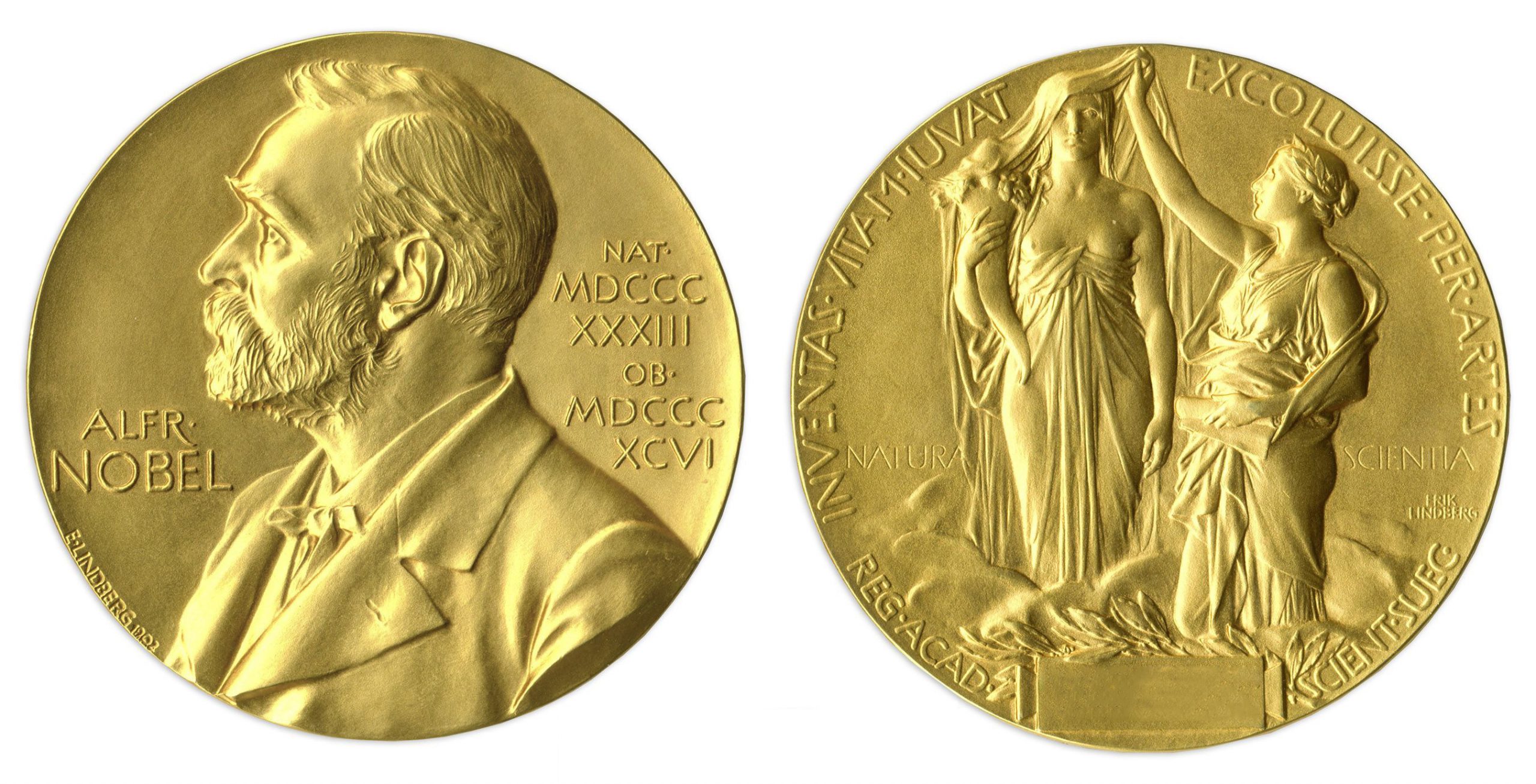
This year’s Nobel Prize in Physics was awarded to three brilliant researchers who worked out some of the secrets of black holes. Today we’re going to talk about the chain of discoveries that led to this award.
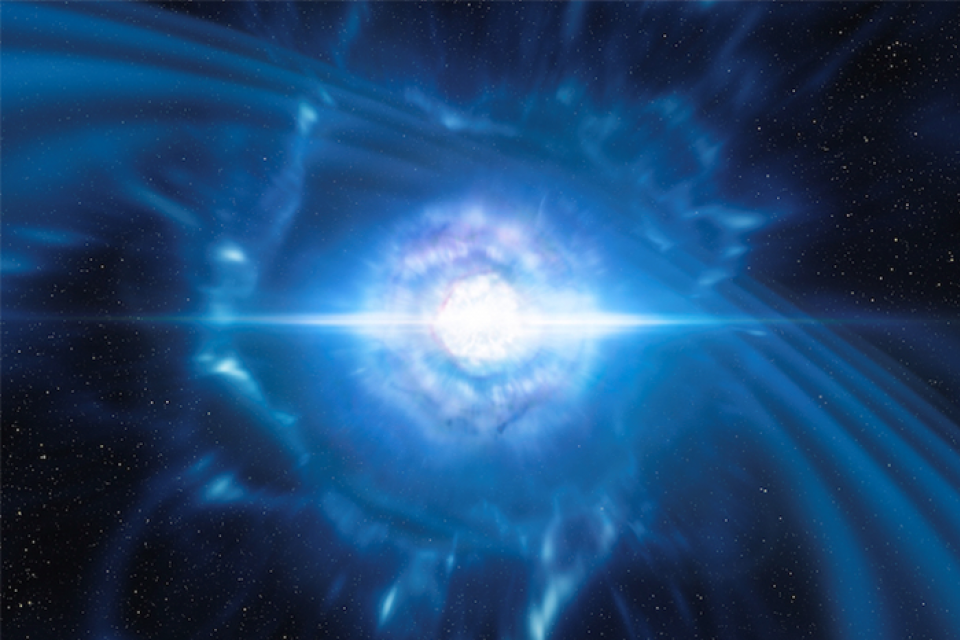
Don’t ever accuse us of not comprehensively covering every kind of exploding star. This week we gather up all the leftover ways that stars partially or fully explode, or don’t. Probably. Enjoy.

We did it, we made it through 2018 in space. Now let’s look forward to the incredible launches, discoveries and astronomical events happening in 2019.

2018 was an incredible year in space news. Rockets launched, landers landed, spacecraft were born and died. We learned tremendous new things about Universe around us, and today we’re here to look back fondly over the last 12 months to review the year in space that was.
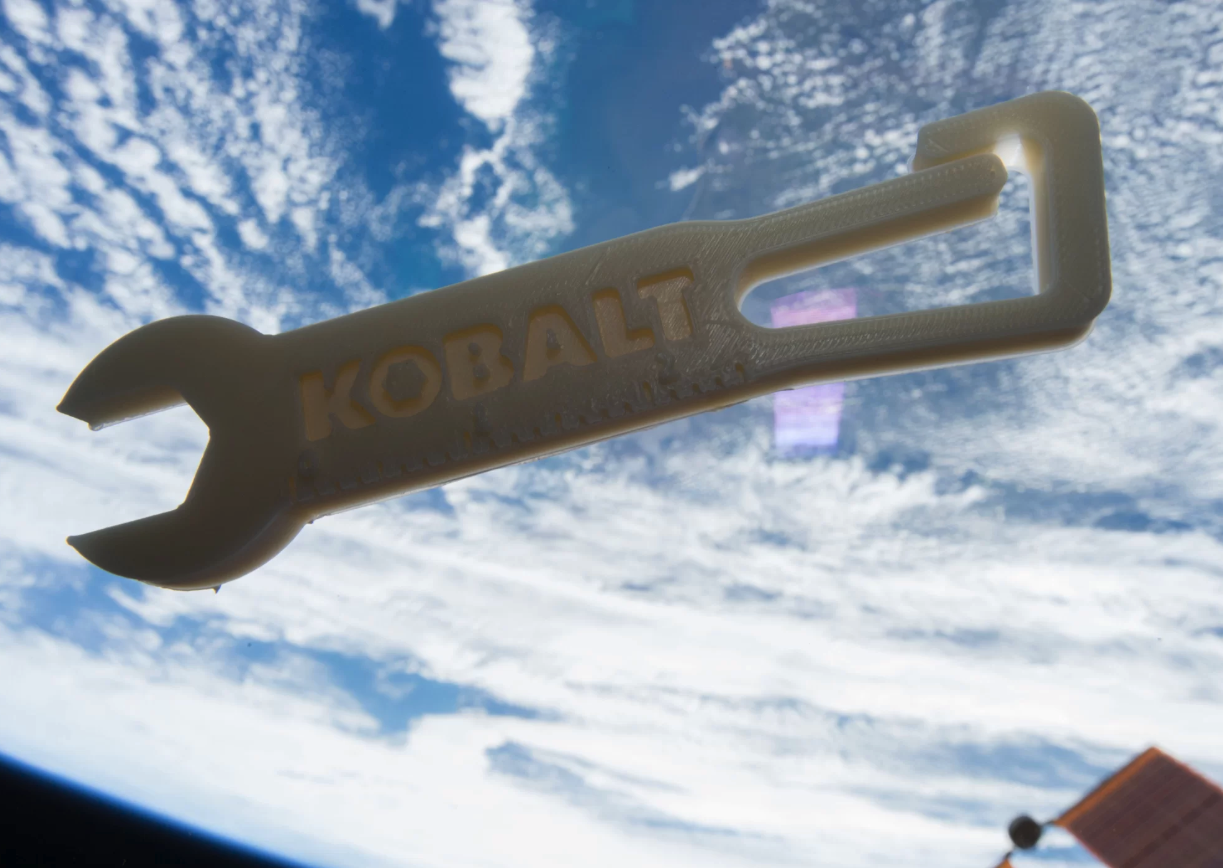
The technology of 3D printing is taking off. From tiny home-based 3D printers to larger manufacturing. And of course, 3D printing is going to space with the International Space Station and beyond.
Time for another update, this time we’re going to look at what’s new with supernovae. And once again, we’ve got good news, lots of new stuff to report.
Pamela will be on to answer your space and astronomy questions live, as Fraser enjoys auroras in Iceland this week!
Ep 475 fixed audio version – You know what’s fun? Mysteries. Here’s one: fast radio bursts. Astronomers have been detecting mysterious one-time signals from across the sky. What’s causing them? Nobody knows for sure, but the search is on to get to the bottom of them.
We are asking for your input through a series of three surveys, each of which is targeting a specific aspect of CosmoQuest and what we do.
You know what’s fun? Mysteries. Here’s one: fast radio bursts. Astronomers have been detecting mysterious one-time signals from across the sky. What’s causing them? Nobody knows for sure, but the search is on to get to the bottom of them.